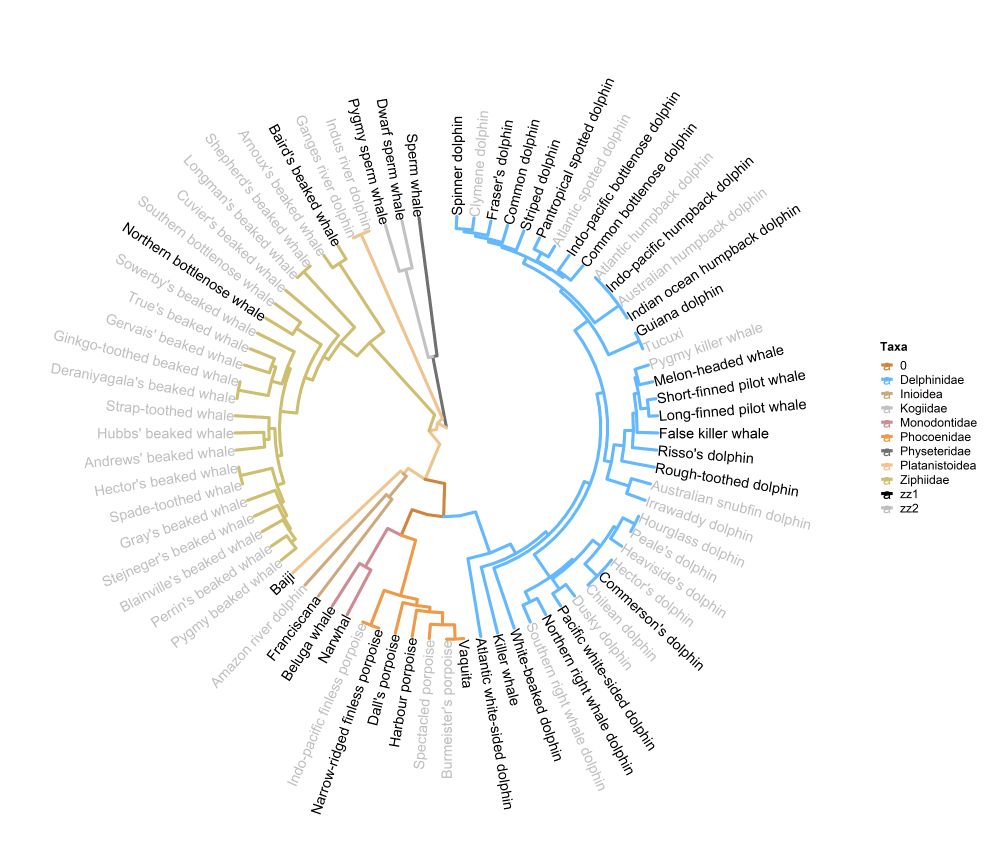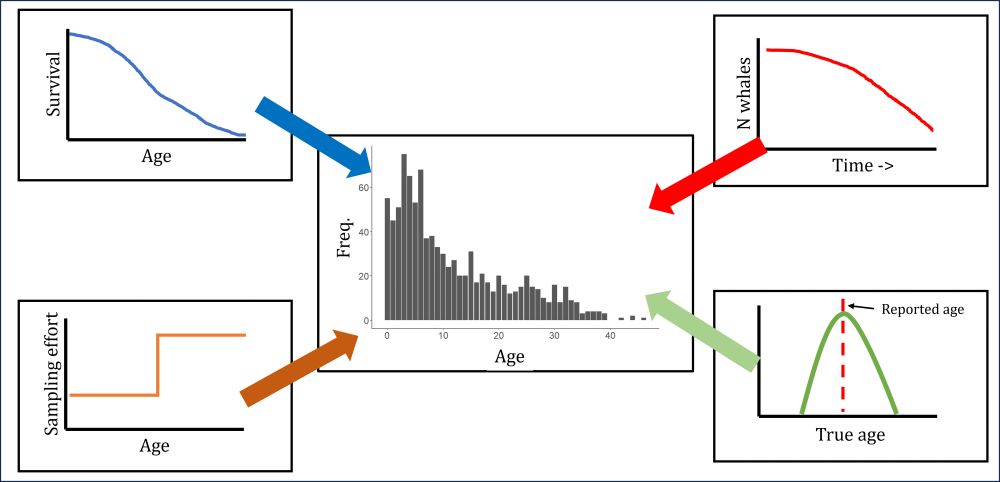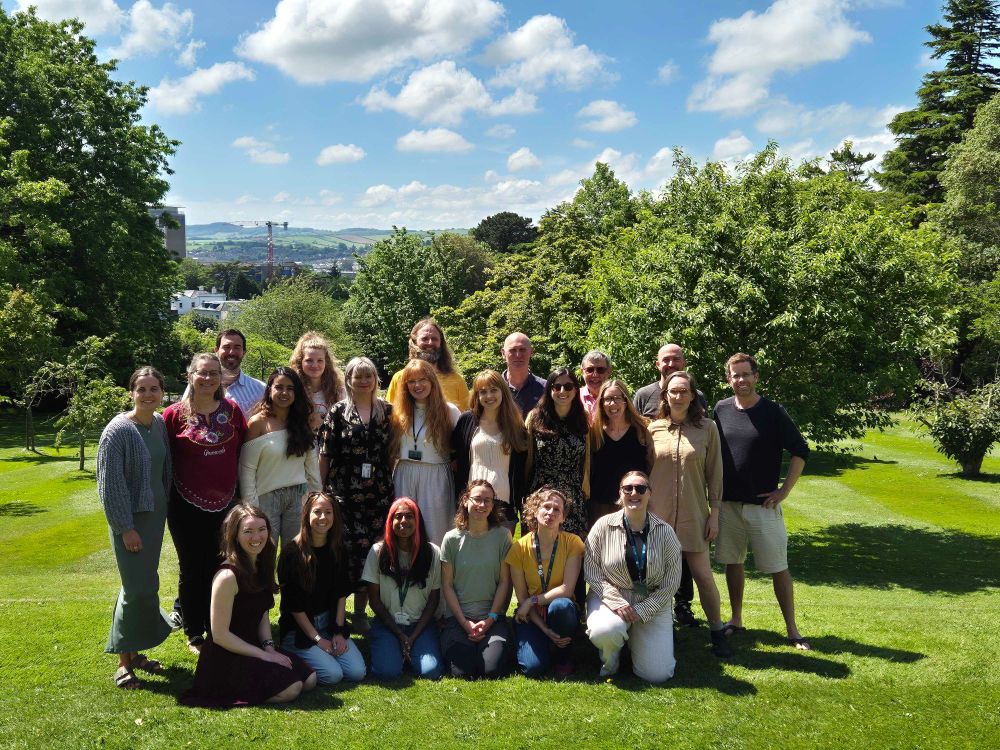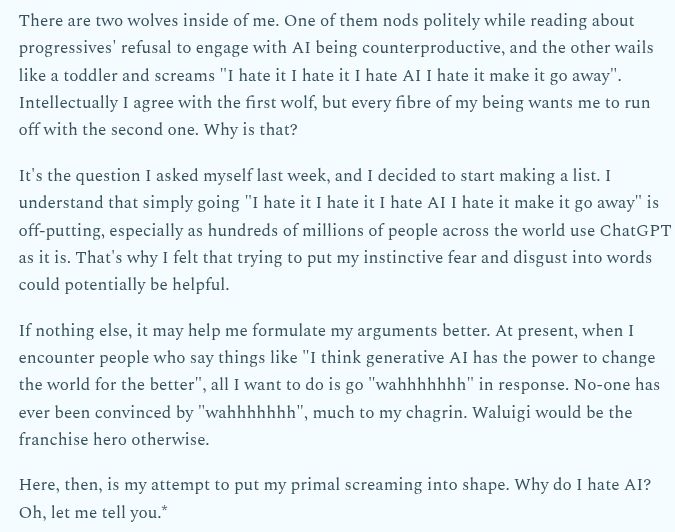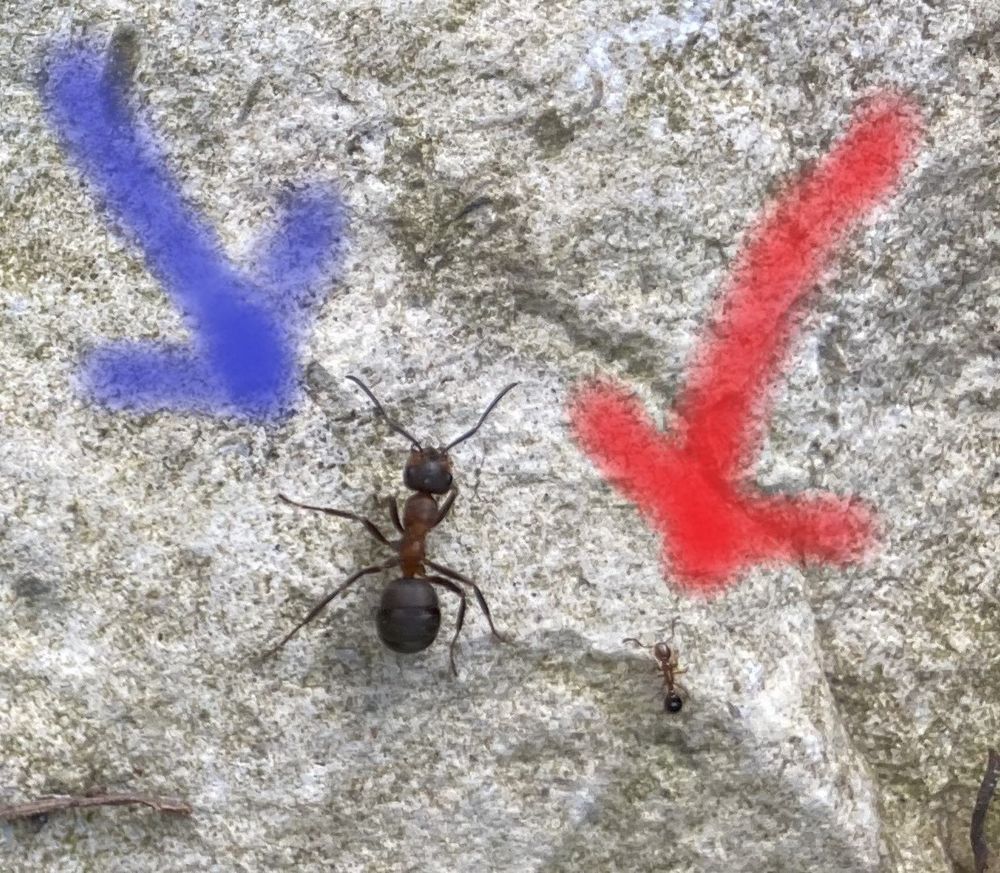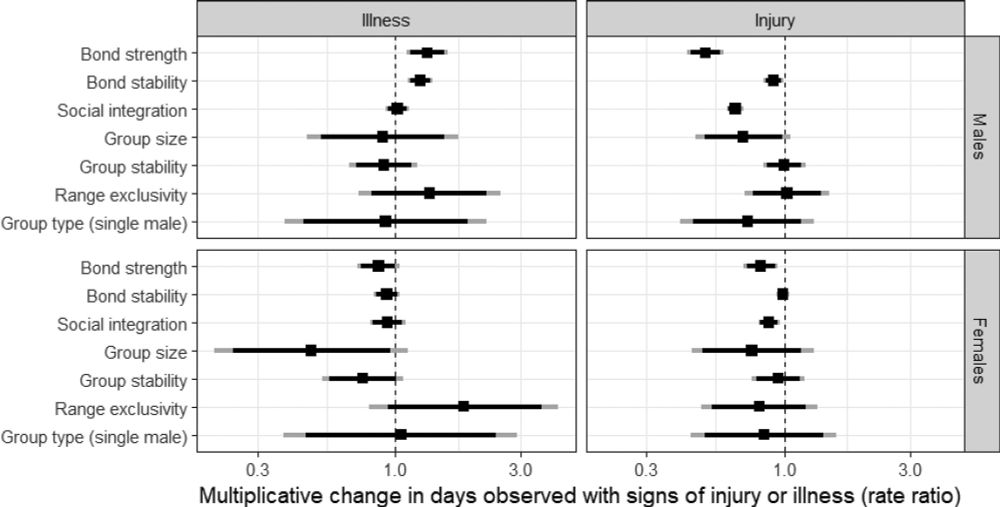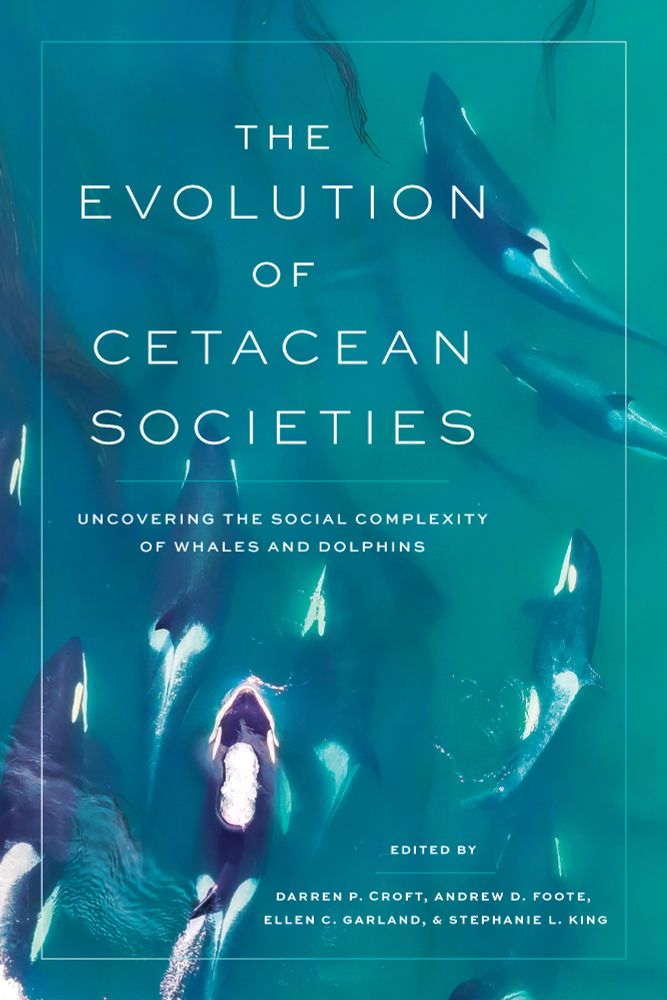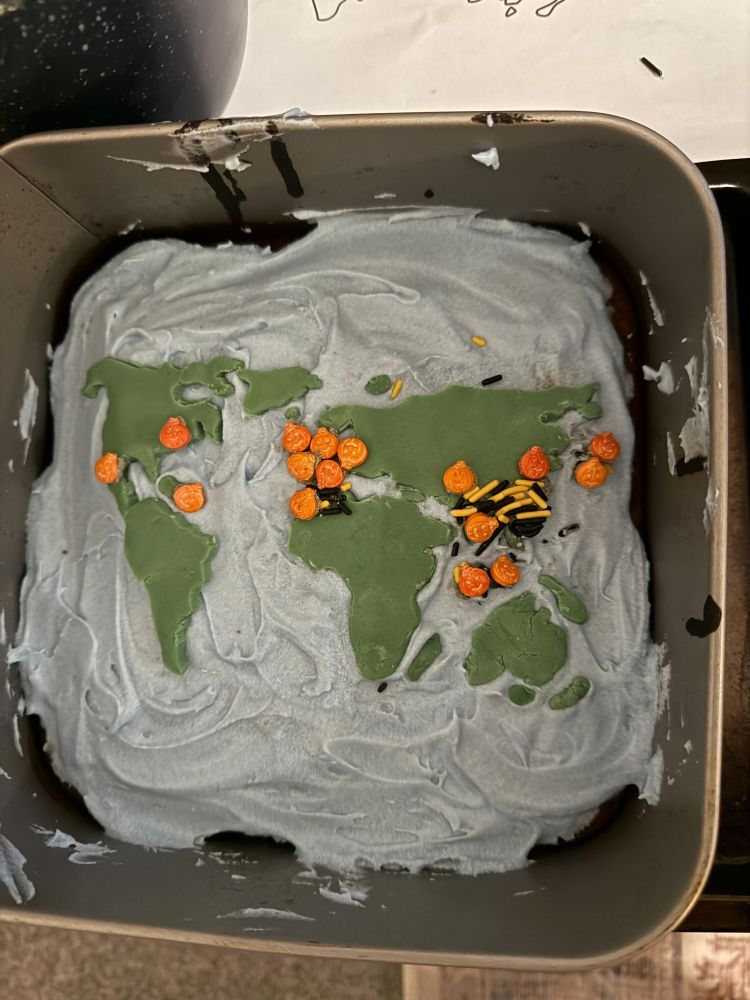Sam Ellis
@samellisq.bsky.social
1K followers
110 following
14 posts
Lecturer at the University of Exeter. Interested in general but especially in life history evolution and social behaviour.
Posts
Media
Videos
Starter Packs
Pinned
Reposted by Sam Ellis
Reposted by Sam Ellis
Reposted by Sam Ellis
Reposted by Sam Ellis
Reposted by Sam Ellis
Reposted by Sam Ellis
Reposted by Sam Ellis
Reposted by Sam Ellis
Reposted by Sam Ellis
Reposted by Sam Ellis
Reposted by Sam Ellis
Sam Ellis
@samellisq.bsky.social
· Jun 6
Reposted by Sam Ellis
Reposted by Sam Ellis
Reposted by Sam Ellis
Reposted by Sam Ellis
Reposted by Sam Ellis
Reposted by Sam Ellis
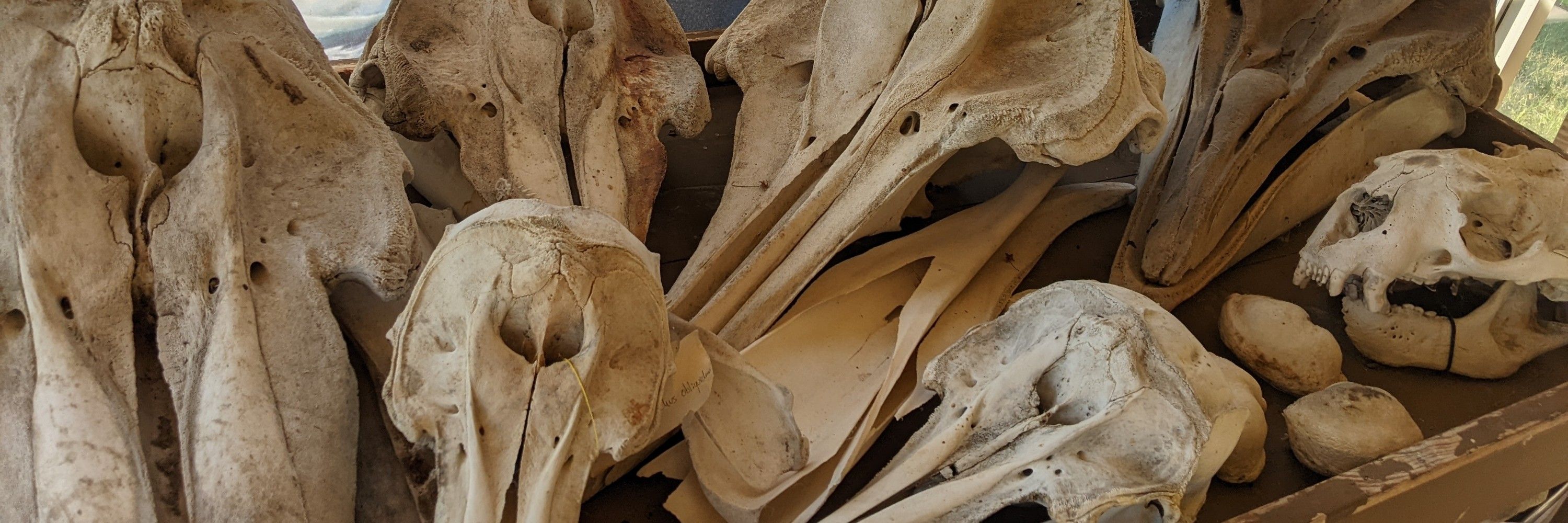
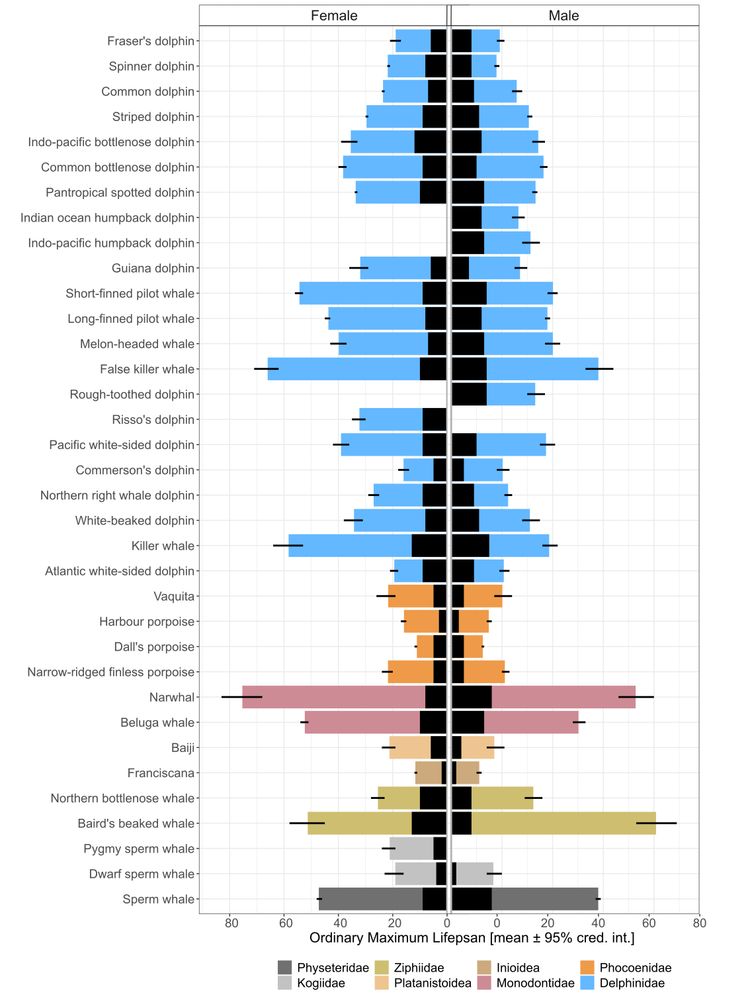







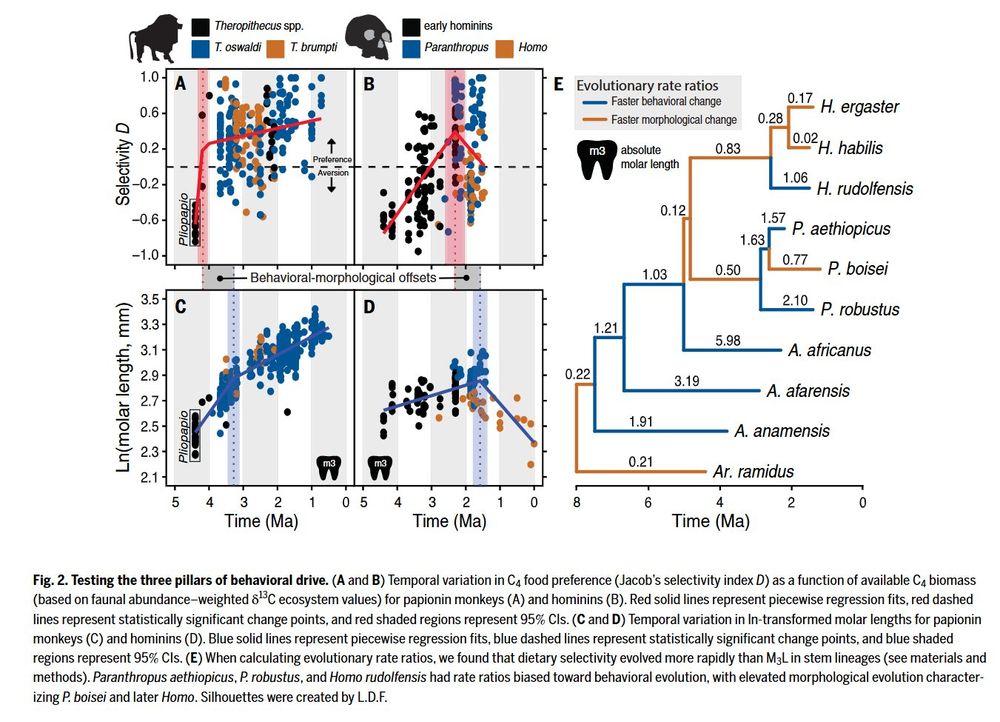

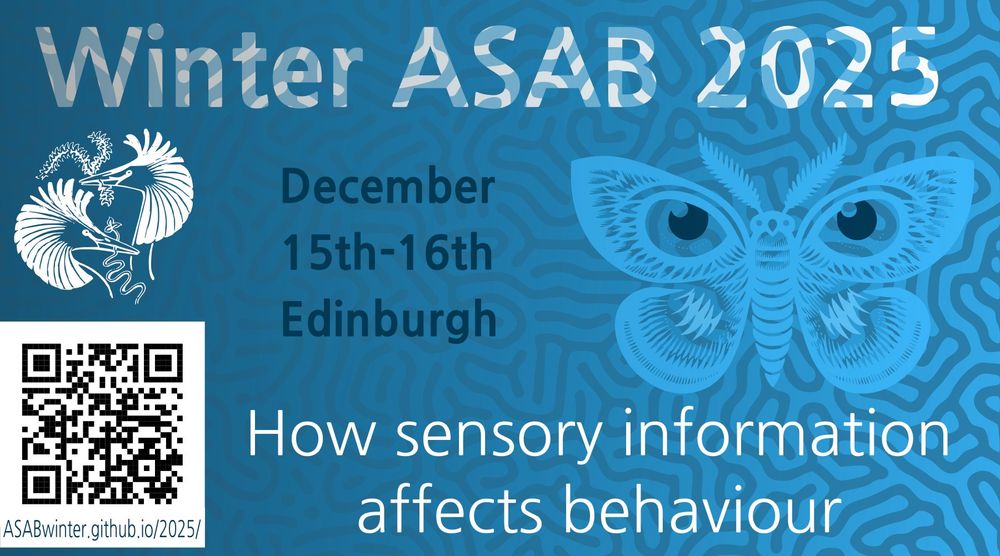
![Comic. [two people in labcoats look at body pierced with blade draped over bench] PERSON 1: We found him lying uncomformably on the lab bench. I wonder if the iron-rich intrusion in his back is related. PERSON 2 with ponytail: It could be clastic. Maybe a rift opened in his body, and the intrusive material later fell into the hole. [caption] The Geology Department Investigates Their First Murder](https://cdn.bsky.app/img/feed_thumbnail/plain/did:plc:cz73r7iyiqn26upot4jtjdhk/bafkreidexczuo22iq6o77sexfgdpvgx6baetimwtkzoeb7h7glon7enx4y@jpeg)
![5-panel comic. (1) [teacher with long hair next to whiteboard] TEACHER: I’m supposed to give you the tools to do good science. (2) [teacher addressing students] But what *are* those tools? Methodology is hard and there are so many ways to get incorrect results. What is the magic ingredient that makes for good science? (3) TEACHER: To figure it out, I ran a regression with all the factors people say are important: [embedded list in sub-panel, cut off at end] Outcome variable: correct scientific results. Predictors: collaboration; skepticism of others’ claims; questioning your own beliefs; trying to falsify hypotheses; checking citations; statistical rigor; blinded analysis; financial disclosure; open data (4) TEACHER: The regression says two ingredients are the most crucial: 1) genuine curiosity about the answer to a question, and 2) ammonium hydroxide. (5) STUDENT: Wait, why did *ammonia* score so high? How did it even get on the list? LONG HAIR: ...And now you’re doing good science!](https://cdn.bsky.app/img/feed_thumbnail/plain/did:plc:cz73r7iyiqn26upot4jtjdhk/bafkreigzaphhj4mfgfrxddlvdmw47335gnwzqbfqvrnff5x4oovgpf36nq@jpeg)
